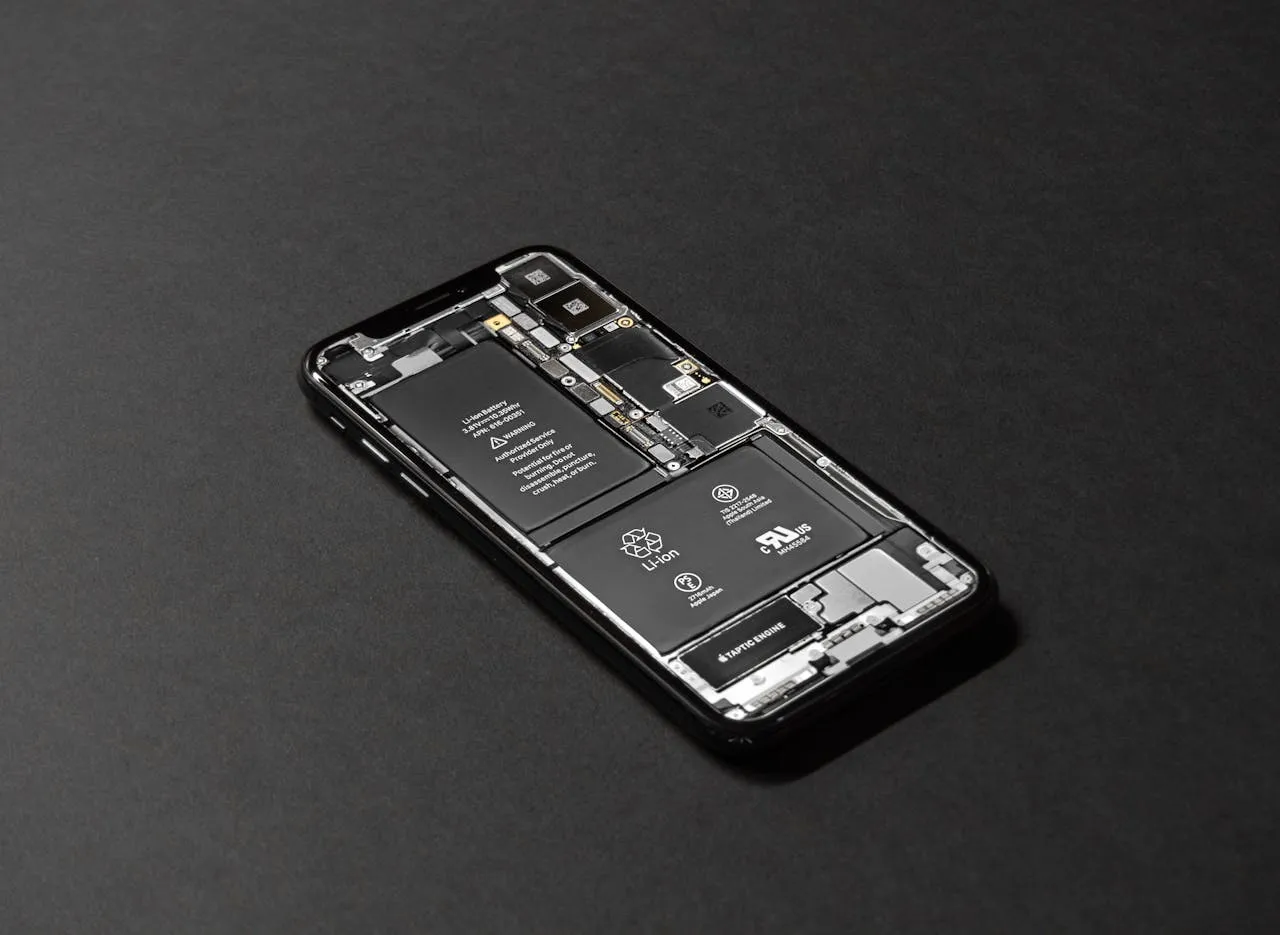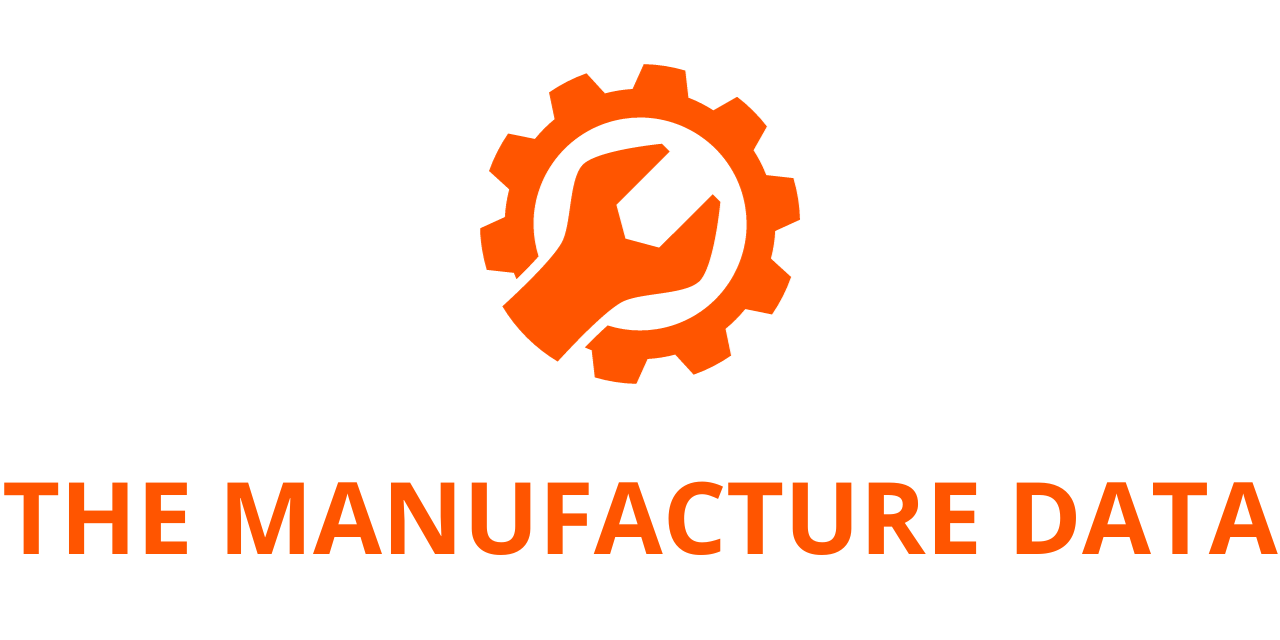
Xerion Advanced Battery Corp., a privately held manufacturer aiming to transform the energy sector through disruptive technologies, has announced that co-founder and CEO Dr. John Busbee will participate in the upcoming Rho Motion Live: North America event in Columbus, OH, from October 2-3, 2024.
Dr. Busbee will present the company’s core technology platform, highlighting its innovative manufacturing process. He will also join a panel discussion titled “Battery Technology Roadmaps” on October 2, 2024, from 2:30 to 3:30 PM EDT.
Over the past decade, Xerion has focused on developing its groundbreaking lithium-ion battery technology, utilizing a novel manufacturing platform and architecture to significantly lower the cost of high-performance batteries. This revolutionary platform is built on two patented core technologies: DirectPlate™, an advanced refining and deposition technique, and StructurePore™, a unique battery electrode architecture.
Together, these technologies create a cost-effective lithium-ion battery with enhanced energy density, power, and charging speed, as well as a longer lifespan and improved safety. Notably, they also achieve a 40% reduction in carbon emissions compared to traditional battery manufacturing methods.
Xerion’s innovative ceramic redox membrane technology, derived from its DirectPlate™ process, holds significant promise for disruptive applications within the lithium-ion battery supply chain. This technology facilitates the low-cost extraction of critical minerals, such as lithium from low-purity geothermal brine sources and cobalt from domestic mine waste streams. In 2023, Xerion was awarded the U.S. Department of Energy’s inaugural American-Made Geothermal Lithium Extraction Prize, in collaboration with a team from the University of Illinois at Urbana-Champaign. This $1 million award will help accelerate Xerion’s efforts to commercialize its groundbreaking ceramic redox membrane technology, which can reduce the cost and energy needed to extract lithium from geothermal brine by up to 90% compared to existing methods.




